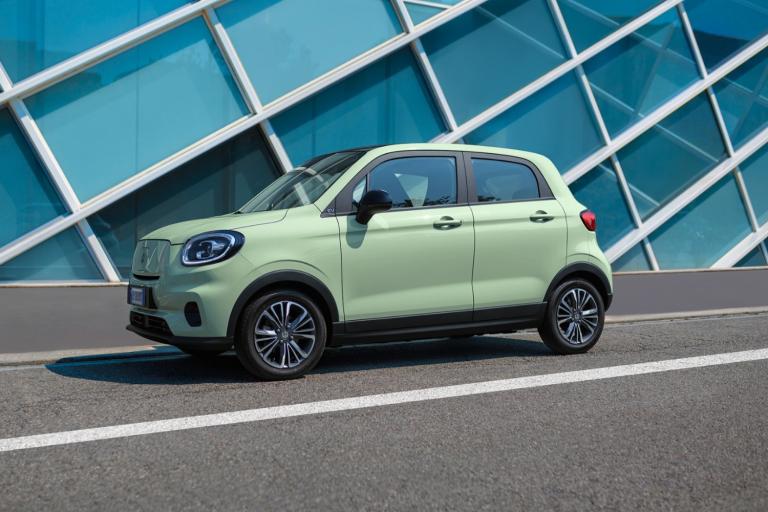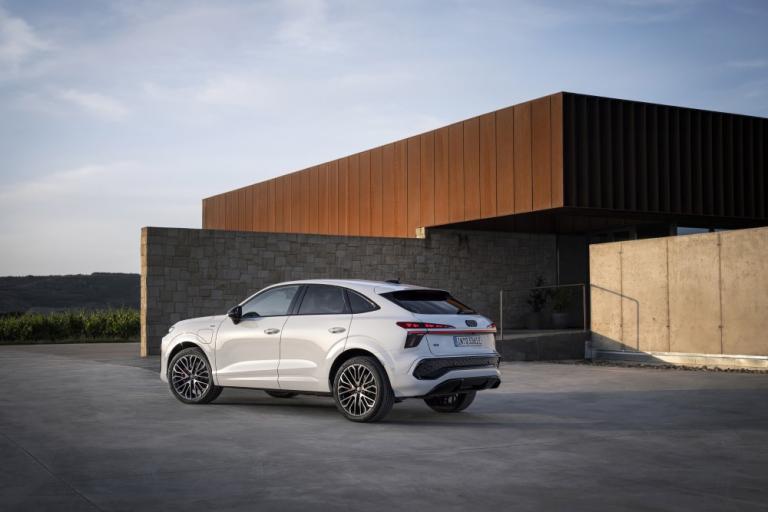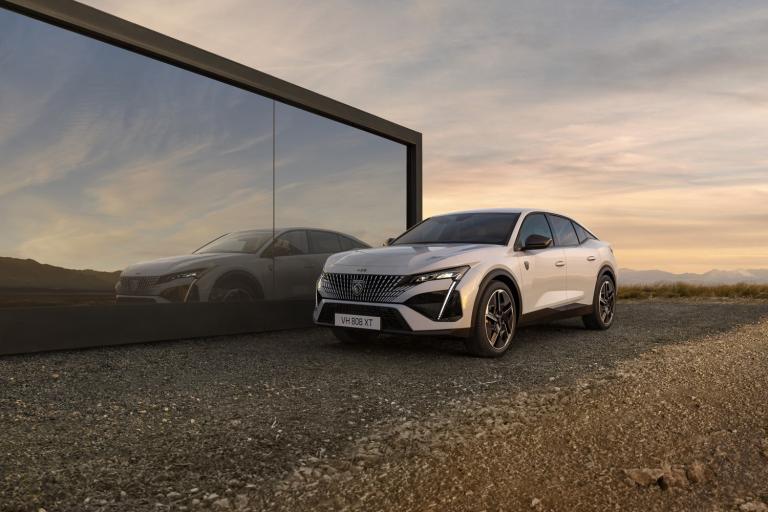Kia Sorento plug-in shows why it’s all about horses for courses
Published on 27 March, 2021
Overview
One thing became abundantly clear with this week’s review model: your future as a driver/owner is all about picking the right horse for the right course. “Oh!” I can already hear you venting: “Here he is at it again, showing his masterful grasp of the obvious. Has it ever been anything other than horses for courses?”
You are entitled to your view, but I risk your ridicule to make the point. There is now such a profusion of power sources that you can end up buying the ‘wrong’ one because the margin of error between horse and course has never been as wide. Massive, often confusing, choice exists. Some carmakers have several ‘engines’ for each model.
The danger lies in us believing that ‘new’ ways of propelling our car — hybrid, plug-in, electric — are necessarily what we need at this juncture.
The new Kia Sorento seven-seat large SUV, which I have previously driven as a diesel and more recently as a plug-in-electric vehicle (PHEV) is a good example. Which is for you? Or does it matter? I happen to think, quite strongly, that it does.
First, as I’ve already reviewed the diesel, let me give you a quick flavour of the PHEV. As usual with PHEVs, there’s a petrol engine, battery pack and electric motor. PHEVs are more or less like an ordinary hybrid. However, unlike the conventional hybrid you can charge it at home or public point to give you 50km range on pure, cheaper, electric power. More realistically you’re talking 35km or so in electric mode but the key argument in its favour is that you do the heavy part of your drive (taking off, short journey) on less expensive electricity.
Manufacturers of PHEVs cite studies: 50km is as much as most people commute in a day. The great thing about it is you still have the back-up of your petrol engine for longer journeys. It seems a system made in heaven. It is and it isn’t.
In the case of this Sorento SUV, you get a 1.6-litre turbocharged petrol engine that develops up to 180PS. This combines with a high-capacity 13.8kWh lithium-ion polymer battery pack and electric motor that produces 66.9kW. Combined, they make this big Kia a powerful 265PS combination.
You get all-wheel-drive as standard — it’s not on the 2.2-litre diesel. At 38g/100km, you pay €140 road tax versus the diesel’s €420. And prices start lower (from €50,000 versus €52,440). On the face of all that it seems like a no-brainer. Horse and course at one surely?
There’s more. Like the diesel, you get a wonderful cabin. I’ve extolled before the virtues of the indicator activating a video rear-view on-screen, which gives exceptional rear-ward visibility when moving lanes or overtaking.
In the plush surroundings of my K4 top-spec model, there were lots of storage spaces between the dash and central console especially. I loved my driving position. However, boot space was only OK with five seats in use; it was negligible with all seven seats up.
With the battery charged, I started off in electric mode. Obviously. While it was contributing charge, the first reading of fuel consumption was 1.6 litres per 100km. As the kilometres swept by, the petrol consumption increased relentlessly to 6.7l/100km. And that was with me using steering wheel paddles to keep engine revs as low as possible. I would not have been nearly as bothered with the diesel’s revs. The 1.6-litre petrol worked well but even acknowledging the burden on it, I was a bit surprised at the MPG.
Therein lies the different horse and different course. If I hadn’t driven this to Wexford and back; if I had been able to stop every 50km or even 100km, my fuel consumption would have been minute in comparison. By contrast, the diesel would have stayed steady at moderate intake all the way. Horse of a different cover altogether, I say.
Much of this is obvious. I stand rightly accused. But there was such clear differentiation between the buyer who should choose diesel would suit (the longer-distance driver) and the one who would better off with the PHEV (the commuter and occasional longer distance driver) that I had to emphasise the contrast.
It is absolutely vital to be able to charge the PHEV at home. It is the key reason for buying one. Don’t bother unless you can. But if you can, and if your weekday trip is average, you have to give serious thought to the plug-in. I really liked the diesel but if your course suits the PHEV, I’d be flying in the face of the obvious to advise you differently. Either way, this new Sorento is a safe each-way bet.
Facts & Figures: Kia Sorento plug-in
1.6-litre petrol, 13.8 kWh battery pack, 66.9 kW electric motor; €140 road tax, 6spd auto. Range from €50,000. Spec includes leather upholstery, 19in alloys, spare wheel, panoramic sunroof, 10.25in t/screen, Bose sound system (12 speakers), wireless phone charger, spread of safety systems, 360° around-view monitor, smart cruise control, AWD.
Latest Reviews

Leapmotor T03 EV launches in Ireland this October from €18,950 with 265km range

All-New Audi Q3: Sporty, Smart & Built for Everyday Life

Peugeot E-408 lands in Ireland: 453km electric fastback from €38,995